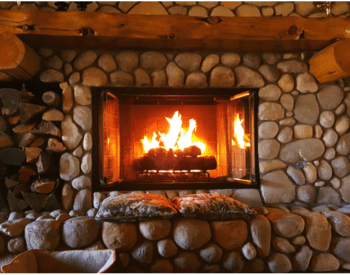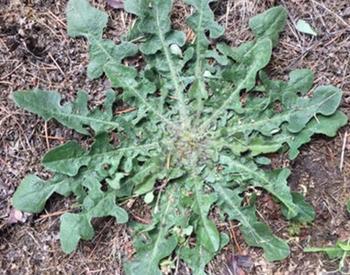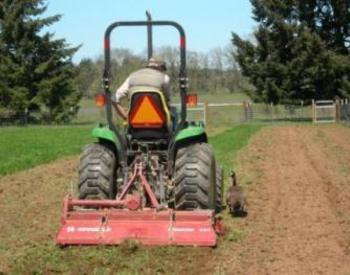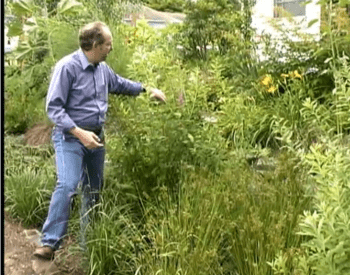Manure and bedding collects rapidly on most livestock farms, especially in winter. Instead of pitching the waste out the back of the barn, consider turning the materials into a valuable, usable product: compost.
If you start an active compost pile in winter, by spring you may be pleasantly surprised with compost that may be incorporated into the vegetable garden or flowerbed, applied to pastures or used as mulch.
Composting manure and bedding properly reduces viable weed seeds and pathogens and creates a product that handles more easily and smells much better. In the process, you'll reduce the amount of material by as much as 50%.
The first step is selecting a location for composting away from surface water and wells. Preferably, this place will have a concrete, gravel or compacted soil pad. The location should also be close to the barn for convenience.
Compost piles must be covered in winter, to exclude excess rain or snow. Ideal moisture content for composting materials is approximately 50%–60%. The compost should feel like a wrung-out sponge. A cover will also help insulate the pile by excluding cold air.
If the composting materials get too dry, add water using a garden hose. A tarp is an easy and inexpensive way to cover the pile.
The size of the compost pile is a factor for success, especially in winter. A pile needs to have at least 1 cubic yard of material. Larger piles help insulate themselves, as the inside of the pile will be creating heat. As microorganisms decompose manure and bedding, their body heat causes the temperature in the pile to increase. A hot pile will compost much faster than a cold pile.
If possible, invest in a composting thermometer. The ideal temperature range for effective composting is 130 to 150 degrees F. At higher elevations or in areas with cold prevailing winds, straw or hay bales placed around the pile will help insulate and protect the compost.
Microorganisms need oxygen to properly decompose materials. Turn or mix the pile when the internal temperature begins to decrease. Perforated PVC pipes inserted into the piles may also help circulate air, especially if actively turning the piles isn't an option.
Keeping the carbon-to-nitrogen ratio (30:1 is best) of composting materials is always important, no matter the time of year. Nitrogen is a nutrient supplied by the manure and urine, and carbon is the main element in bedding materials. A mixture of urine-soaked bedding and manure should compost fairly well. If you add too much bedding to the pile, the composting process will slow down, due to excess carbon resources. Only remove soiled bedding when cleaning the barn.
Composting in the winter is a slower process than when the air temperature is warmer, but it's definitely possible!


















